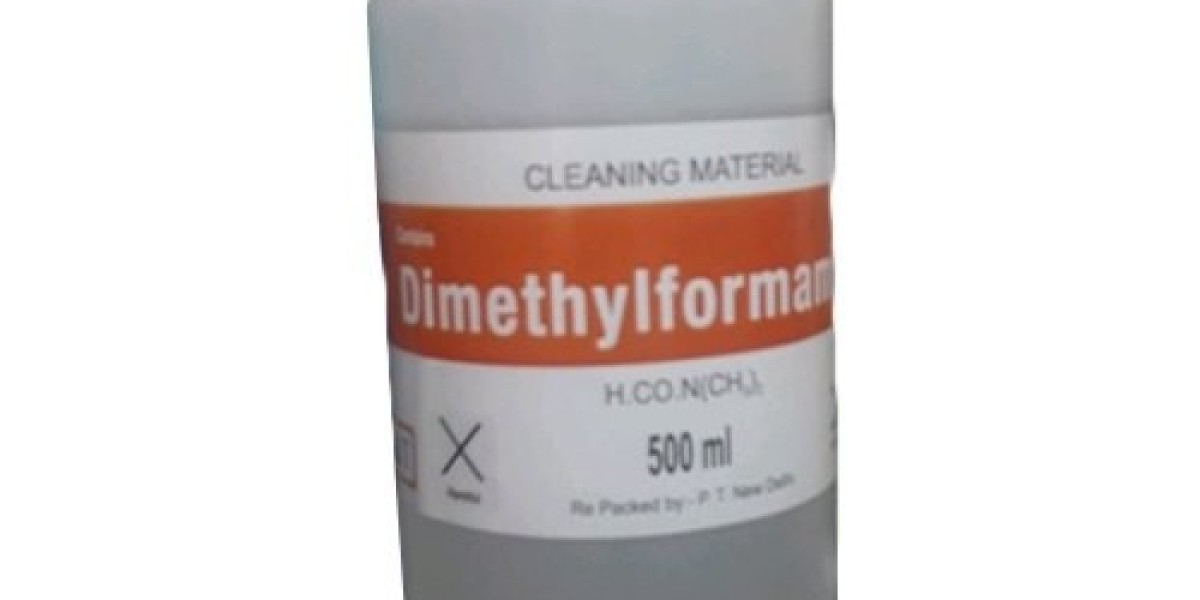Lead-based paint, prevalent in homes built before 1978, presents serious health risks if not managed properly during renovations. As more homeowners and renovators confront the challenge of dealing with lead-based paint, it's crucial to understand how to handle such projects safely. This article provides an in-depth look at lead-based paint renovations, focusing on safety protocols, legal requirements, and practical tips for a successful project.
The Risks of Lead-Based Paint
Why Lead-Based Paint is Dangerous
Lead-based paint becomes hazardous when it deteriorates, releasing lead dust and chips that can be inhaled or ingested. Children are particularly vulnerable to lead poisoning due to their tendency to put objects in their mouths. Lead exposure can result in severe health problems, including developmental delays, learning disabilities, and neurological damage.
Identifying Lead-Based Paint in Your Home
Lead-based paint can be identified through visual inspection and testing. If the paint is peeling, chipping, or in poor condition, it is more likely to be a source of lead dust. Homeowners can also use lead test kits or hire professionals to assess the presence of lead in paint and dust samples.
Navigating Legal Requirements
The EPA's Lead Renovation Rule
The EPA's Renovation, Repair, and Painting (RRP) Rule sets forth requirements for handling lead-based paint during renovations. Contractors must be certified by the EPA and follow specific procedures to minimize lead exposure. These procedures include using protective barriers, cleaning up thoroughly, and disposing of waste properly.
Local and State Regulations
In addition to federal regulations, local and state governments may have additional requirements for lead-based paint renovations. It's important to check with local authorities to ensure compliance with all applicable laws and regulations.
Implementing Safe Renovation Practices
Hiring Certified Professionals
When dealing with lead-based paint, it's essential to hire professionals who are certified in lead-safe practices. Certified contractors have the expertise and equipment necessary to handle lead safely and are familiar with the regulatory requirements.
Renovation Procedures
During the renovation process, follow these key procedures to ensure safety:
- Containment: Use plastic sheeting to seal off the work area and prevent dust from spreading.
- Ventilation: Ensure adequate ventilation to disperse any lead dust that may become airborne.
- Personal Protection: Workers should wear protective clothing, masks, and gloves to avoid direct contact with lead dust.
Post-Renovation Cleanup
Thoroughly clean the renovation area using a HEPA vacuum and damp cloths to remove any residual lead dust. Conduct a final inspection to ensure that no lead contamination remains. Properly dispose of all lead-contaminated materials and follow local regulations for hazardous waste disposal.
Conclusion
Handling lead-based paint renovations safely requires a thorough understanding of the risks, legal requirements, and best practices. By adhering to EPA regulations, hiring certified professionals, and implementing effective safety measures, you can protect yourself and others from the dangers of lead exposure. Proper preparation and careful execution are key to a successful renovation project involving lead-based paint.



